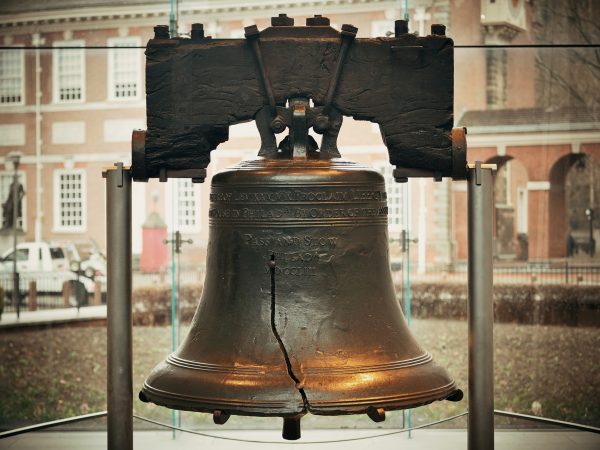
Regulations
22 Pa. Code 14.133. Positive behavior support.
-
- Positive, rather than negative, measures must form the basis of behavior support programs to ensure that all students and eligible young children shall be free from demeaning treatment, the use of aversive techniques and the unreasonable use of restraints…. The use of restraints is considered a measure of last resort, only to be used after other less restrictive measures, including de-escalation techniques, in accord with subsection (c)(2).
Restraints
-
- The application of physical force, with or without the use of any device, for the purpose of restraining the free movement of a student’s or eligible young child’s body.
- Restraints to control acute or episodic aggressive or self-injurious behavior may be used only when the student is acting in a manner as to be a clear and present danger to himself, to other students or to employees, and only when less restrictive measures and techniques have proven to be or are less effective.
- The use of restraints may only be included in a student’s or eligible young child’s IEP when the following conditions apply:
- The restraint is utilized with specific component elements of positive behavior support.
- The restraint is used in conjunction with the teaching of socially acceptable alternative skills to replace problem behavior.
- Staff are authorized to use the procedure and have received the staff training required.
- There is a plan in place for eliminating the use of restraint through the application of positive behavior support.
- The use of prone restraints is prohibited in educational programs. Prone restraints are those in which a student or eligible young child is held face down on the floor….
Pennsylvania Use of Force – Law (supersedes regulation)
§8340.2 Civil immunity for use of force
-
- General rule. An actor who uses force
- in self-protection as provided in 18 Pa.C.S. 505 (relating to use of force in self-protection);
- in the protection of other persons as provided in 18 Pa.C.S. 506 (relating to use of force for the protection of other persons);
- for the protection of property as provided in 18 Pa.C.S. § 507 (relating to use of force for the protection of property);
- consistent with the actor’s special responsibility for care, discipline or safety of others as provided in 18 Pa.C.S. § 509 (relating to use of force by persons with special responsibility for care, discipline or safety of others)
- General rule. An actor who uses force
is justified in using such force and shall be immune from civil liability for personal injuries sustained by a perpetrator which were caused by the acts or omissions of the actor as a result of the use of force.
-
- Attorney fees and costs.–If the actor who satisfies the requirements of subsection (a) prevails in a civil action initiated by or on behalf of a perpetrator against the actor, the court shall award reasonable expenses to the actor. Reasonable expenses shall include, but not be limited to, attorney fees, expert witness fees, court costs and compensation for loss of income.
Disclaimer. Nothing in this post is intended to create an attorney client relationship. Nothing written or spoken constitutes legal advice and should not be used as a substitute for obtaining legal advice. There may be additional laws, rules, policies applicable to the use of restraint and force in your state. The above is an overview of information compiled from individual sources that are maintained and
updated with varying frequencies. While we attempt to keep the information current, readers should read the source information directly, go to the source to check for updates or conduct further research. For information and/or legal advice, consult with your attorney or States Attorney General.